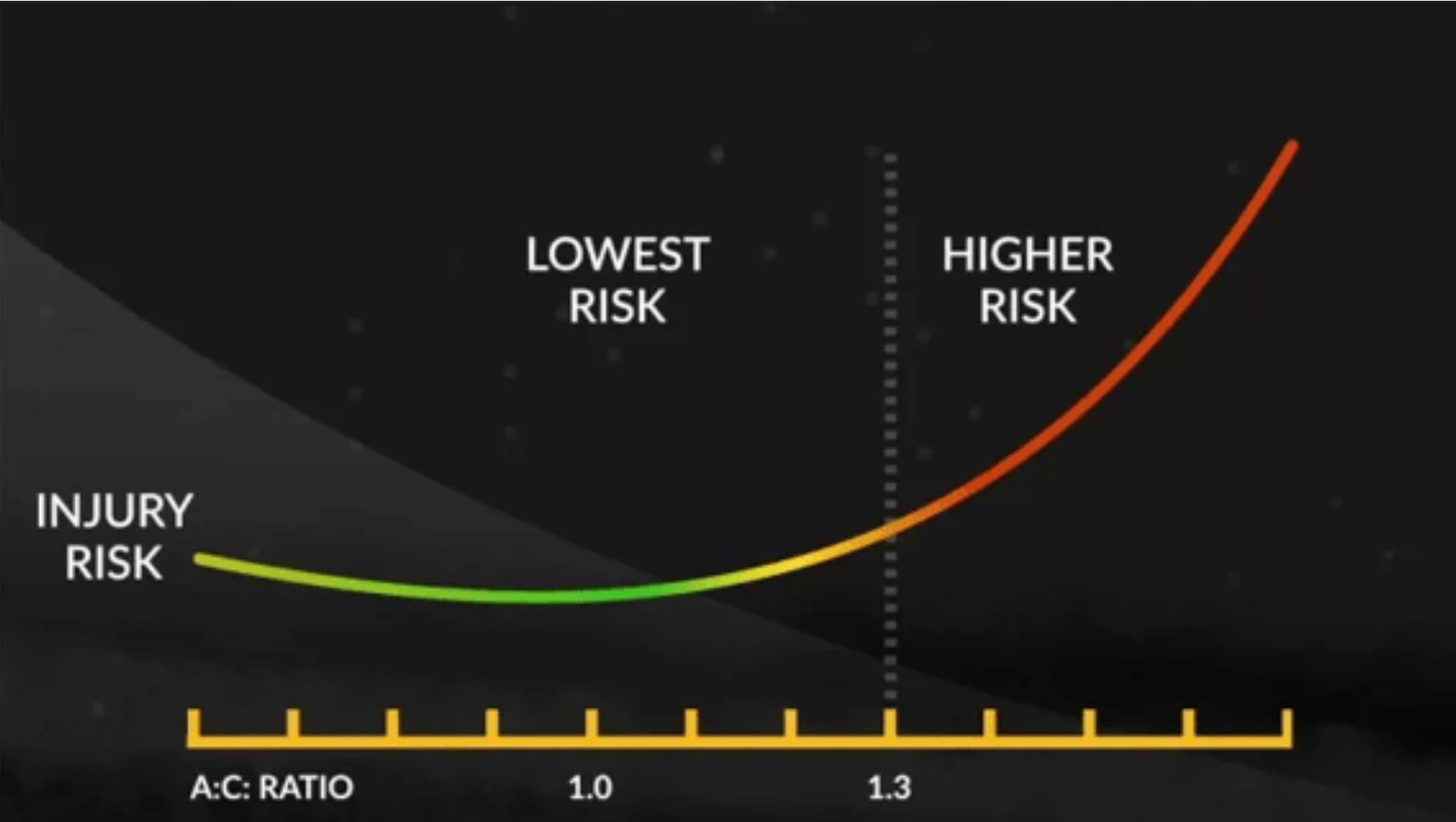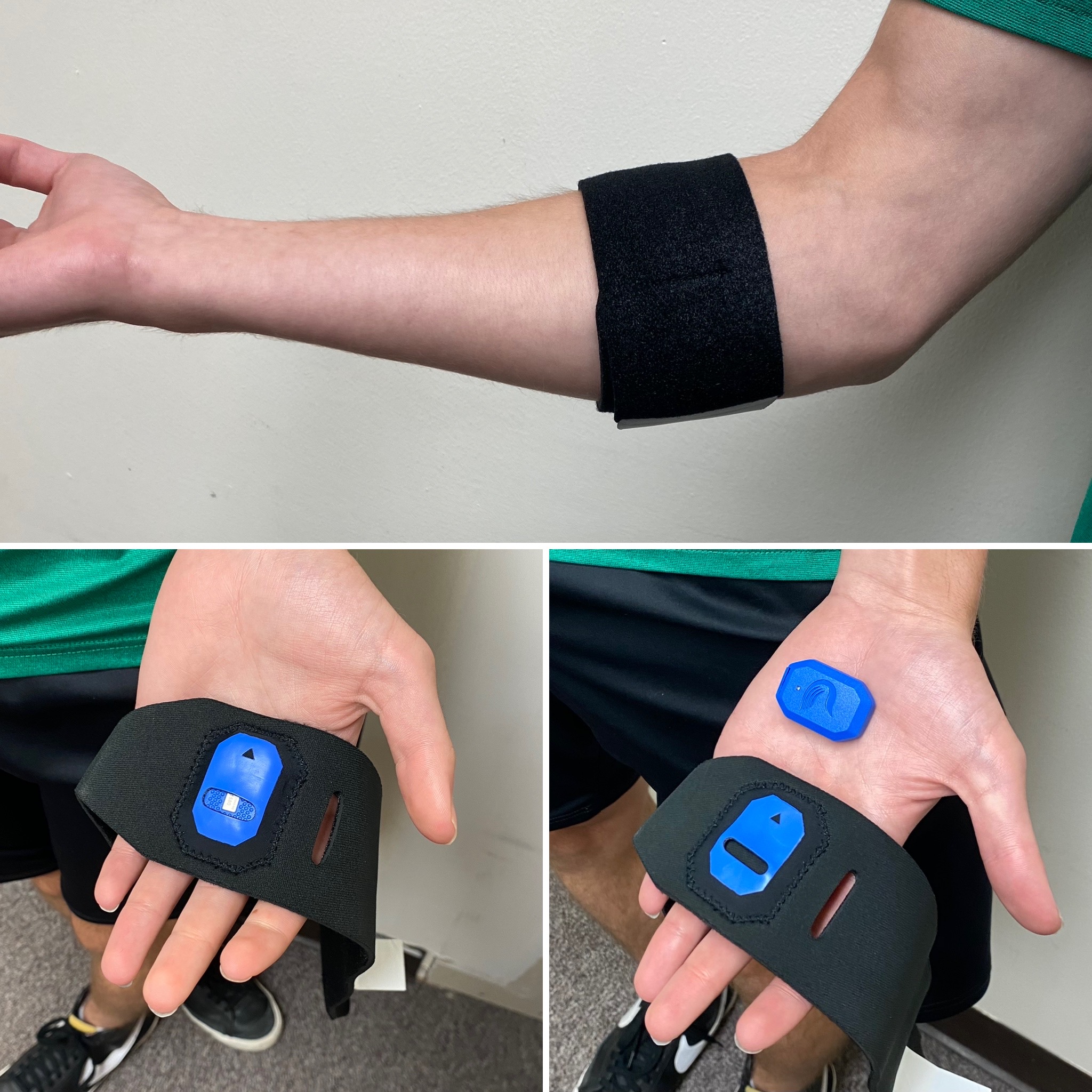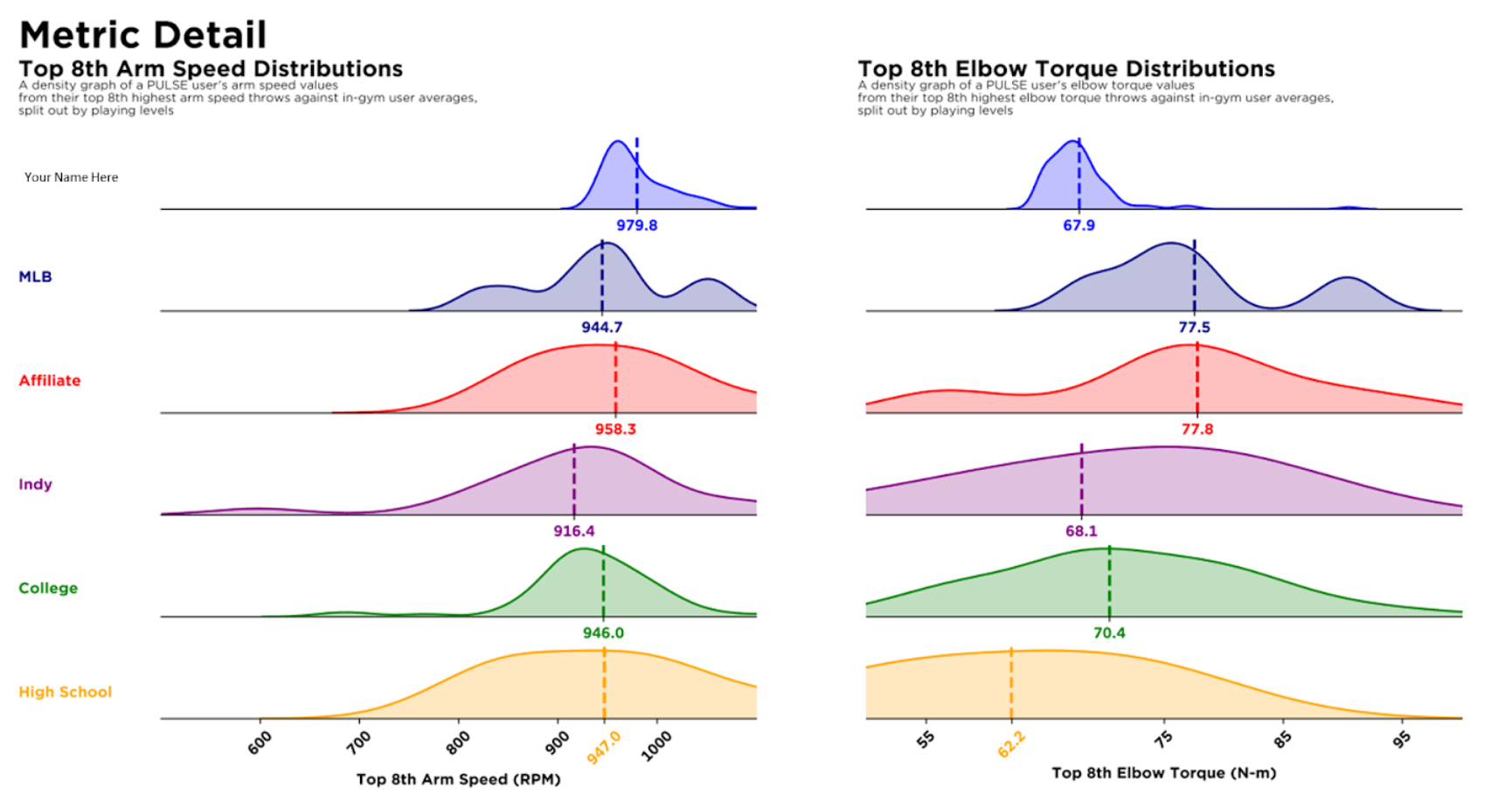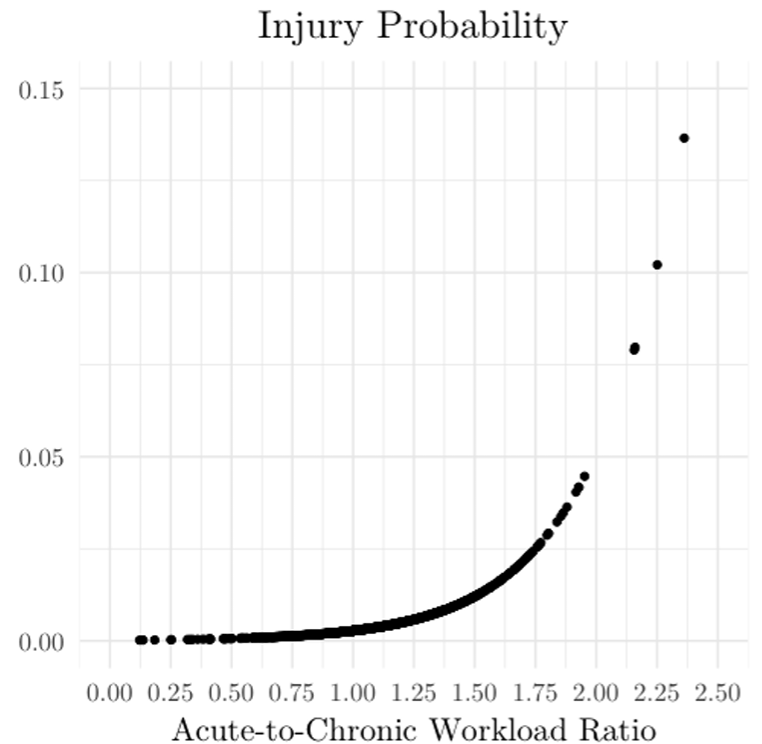
After testing and working with Driveline Pulse sensors this past off-season, beginning this summer we decided to fully implement a workload management system for our pitchers. The purpose is to help manage throwing workload in our throwing programs on a year-round basis. Workload is a general term used to describe how much stress is being placed on a pitcher’s arm during both a single throwing session and over a period of time (as in a week or month).
The basic premise is as follows.
Throwing programs are good for your arm. They help build arm speed, endurance, and resilience. On the other hand, if a pitcher puts too much stress on his arm on any given day or a period of time, it can potentially increase his chance of injury. Traditionally, players have used throw-counts and %-RPEs (percentage rates of perceived exertion) to determine how much work they have done in any given day. RPE indicators are a good thing, but let’s face it, they are a measure of perception which can be deceiving as it differs from pitcher to pitcher. While throw-counts and RPEs are not necessarily a bad way to determine workload, they are not necessarily the most accurate, especially over a period of days, weeks or months as load accumulates.
Enter Driveline Pulse (previously Motus Sleeve), a sensor that helps you measure, and track workload as follows:
-
- Throwing Intensity – Arm Speed and Elbow Torque and Ball Velocity
- Throwing Volume – Throw Counts, 1-Day Workload and A:C Ratio (more on this later)

How Pulse Works (in simple terms)
There is much more that goes into a workload management program, but here is a simple way of explaining it. The main metric that we look at is a pitcher’s 1-day Workload. For each throw that a pitcher makes, Pulse uses the elbow torque generated from that throw, and the pitcher’s height and weight to calculate a 1-throw Workload Number. The sum of the 1-throw Workload Numbers is then used to make up the 1-day Workload Number at the end of each throwing session. This 1-day Number helps us, and the player better understand if he’s putting in the indicated amount of work (intensity and volume) during his session or if he’s under- or over-training himself.
Different Types of Day
To help our athletes stay within the indicated ranges for each type of day, our throwing program provides them with specific throw-counts and arm speed ranges for various plyo ball weights and different types of intent days:
-
- Recovery Day
- Medium Intent Day
- Medium / High Intent Day
- High Intent Day
Lower arm speeds cause less elbow torque, and thus staying within specified workload ranges helps the athlete put less stress on their elbow when they don’t need to. On a recovery day, we ask the athlete to stay within a lower range whereas a high intent day we ask them to get their arm speeds and total workload higher. Below are examples of Arm Speed and Torque distributions for different levels.

Source: Driveline Baseball
A:C Ratio
A:C Ratio stands for Acute (short-term) to Chronic (long-term) Ratio and it represents the comparison between the average 1-day Workload over the last 9 days vs. the average for the prior 28 days. Believe it or not, this concept is a well-researched topic in the world of workload management which you can Google about, if you’d like to learn more.
If this ratio is too high, that means the athlete may be ramping up too quickly and will increase his chances of injury. This ratio helps us steadily increase a pitcher’s workload in a more safe and productive manner. Pulse’s recommended ratio is between 0.7-1.3. If the ratio falls below 0.7, then the athlete has stuff left in the tank to offer at each training session. However, if it’s above 1.3, this is when the athlete is “over-reaching” and his risk of injury can increase drastically. Having said that, in the offseason, we like this ratio to be between 1-1.3 , as this shows that a pitcher is increasing his chronic workload over the course of the offseason and will be better prepared for the upcoming season.

The one downfall of the A:C Ratio is that it takes 28 days (approximately one month) to stabilize, so it is important to ask the athlete how his arm is feeling before each session so we can mix the two together in order to see the best results. That is why Pulse requests input from pitchers on how their arm feels on a scale of 1-10 before each throwing session in order to make sure we aren’t overworking the pitcher.
Implementation
The process is relatively simple. Each day, before our pitchers begin their throwing program, we attached a Pulse unit to their arm. The small blue device fits inside an arm sleeve which is then wrapped around the upper portion of the forearm near the UCL. For each throw, we have our athletes log their type of throwing day (intent levels from above), drills, and plyo ball weights. Changing the ball weight is important because it plays a role in the amount of elbow torque, which then affects the one 1-day workload number.
Logging the type of throwing day helps us evaluate if a player has overworked themselves based on their 1-day workload when we look back at the data. Pulse tracks the arm speed, elbow torque, and arm slot of each throw. For each throw, we have our players check their arm speed to make sure they are moving in the desired ranges and are not overthrowing the ball. Each session is then logged and displayed on a dashboard that displays the player’s A:C Ratio, Acute Workload, Chronic Workload and 1-day Workload (if applicable).
Observations
Measuring workload for pitchers isn’t perfect, but the Pulse is pretty damn good for a relatively inexpensive sensor. It’s workload management system allows us to monitor throwing intensity and volume with a higher degree of precision than we did previously with just throw-counts and RPEs.
This is especially true for recovery and low intent days when the pitcher needs to take it easy. Upon implementation, we quickly observed that pitchers were throwing with way too much intensity on recovery days, and their arm speeds were much higher than our recommended ranges. Using Pulse, we were able to get our pitcher’s arm speeds down to reflect what a true recovery day should look like and ensure that our pitcher’s arms are fully recovered when it’s time for higher speeds on higher intent days.
By Brett Cerenzio (Data Analyst at RPP Baseball, rising Junior pursuing a Sport Analytics Bachelor’s Degree with a minor in Economics at Syracuse University, )
You live too far to train with us in-house at RPP? You can now train with us on a REMOTE basis.


